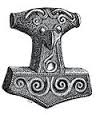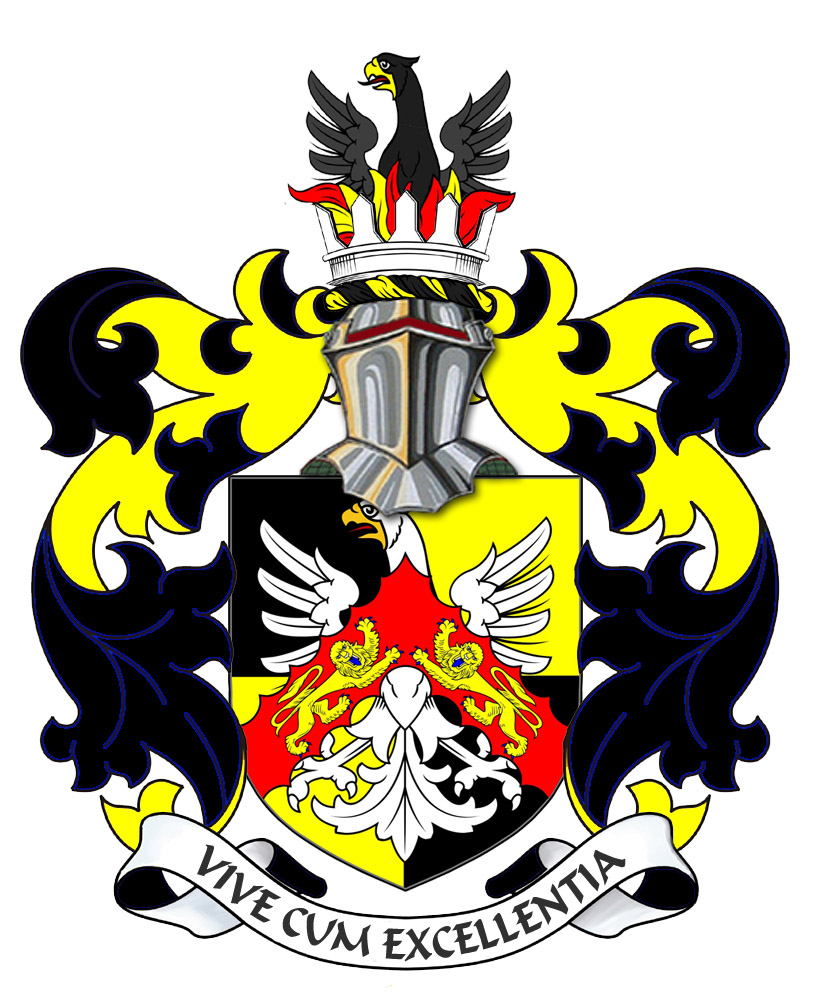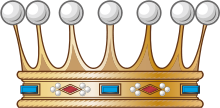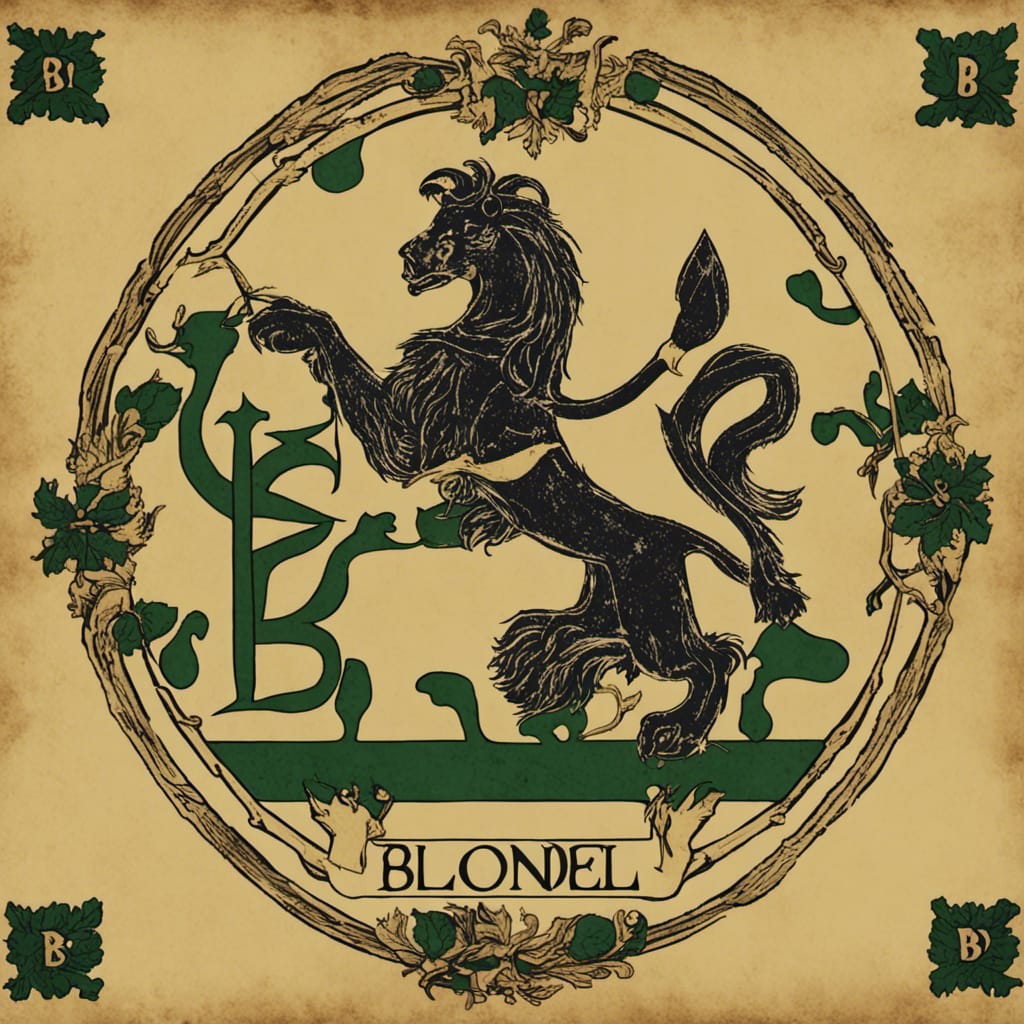


Dossier of the Grant of Feudal Longford Seignory : The GRANT to George Mentz, Seigneur of Blondel of: All and Singular*/Each and Every of: The Ancient Barony, Baron Palatine, Honours, Lordship, Seignory, of the Administrative County Longford together with: (ALL Rights, Privileges, & Perquisites) are granted and conveyed to Dr/Jur. George Mentz, Seigneur of Fief Blondel in Aug 2018, transferred from the: Original sale of rights by The Earl of Westmeath William Anthony Nugent Feb. 7th, 1996. CONVEYANCE OF FEUDAL TITLE BARONY AND SEIGNORY The Purchase of said rights to "County Longford's" Honours Lordships, Seignorys, Feudal Barony, Baron Palatine, and Perquisites in Fee Simple by George Mentz Esq. includes the right to the Seignory/Barony by any name it may be called or known. The Feudal Lordships & Seignory of Co. Longord may be one of the most interesting ancient principalities and baronies in Irish-Anglo-Norman History. History evidences that the Kingdom of Meath was given to Hugh de Lacy. His Barons were appointed throughout the old kingdom. Baron Delvin or Gilbert de Nogent/Nugent was given the most western lands and was the only baron and lord in the Westmeath according to the Annals of Westmeath. De Nugent came to Ireland with de Lacy in 1171 and settled land in Delvin. De Nugent was granted the title Baron of Delvin within the Lordship of Meath, a title now held by the Earl of Westmeath. The original Westmeath contained Longord County and also people of Delbna/Delvin. In 1621, the Baron was made Earl of Westmeath. In 1996, the Earl of Westmeath deeded in fee simple his rights to honors and seignory of Longford which is the ancient region corresponding to the Principality of Annaly or Annalie which was controlled by the Chiefs and Princes of O'Farrell. Longford village was the old fort of O'Farrell. The Nugent family and O'Farrells and many other clans have intermarried over the last 800 years. The Seigneur of Blondel has acquired any and all Feudal Baronies and Lordships and Seignories of Longford, titular rights, honors, barony, and perquisites of the region of the Adminstrative County of Longford from Lord Westmeath. Historically, Queen Mary and Philip made large grants to Baron Delvin of AbbeyLara Town and Hereditaments 1557 and Granard and and also most all of Columbkille and Northwest Annaly along with the Holy Island of Inchcleraun Grant in 1552 in the Lough Ree and The grant of Inchmore Island & Priory, Lough Gowna. Many of these grants were made event before Longford became a County separated from Westmeath. King James granted the ancient seat of the Annaly region and many other castles, manors, monateries, abbeys, and feudal seats of power to Baron Delvin within the Annaly or "Longford Westmeath", or inside of the historical County Longford region. Baron and Chief of the Castle "Lissardowlan as spelled today" History of the County Longford - Page 60 - Google Books Result- The market and fair with courts of Longford were granted to Baron Delvin in 1605 by King James. Historically the Longford County Honours & Perquisites May Include a study of the Following:
*Mentz, Seigneur of Blondel, is a descendant of the McConnell or Mac Domnaill, McMechan McMahon, and Fleming Clans, and this ancient land and central Irish region is part of his ancestry of which immigrated from Ireland to the USA. * ALL AND SINGULAR Definition: A comprehensive; term
often employed in conveyances, wills, and the like, which includes the aggregate or whole and also each of the
separate items or components. McClaskoy v. Ilarr (C. C.) 54 Fed. 798.https://thelawdictionary.org/all-and-singular/ * All and singular is a legal phrase meaning "each and every".
It is an antiquated term that was commonly used in making bequests under a will, and other contexts. All and
Singular Law and Legal Definition | USLegal, Inc. Delvin -Nugent - Early Grants in Longford from Queen Mary and King James With the government showing little inclination to reach a more permanent settlement with the O’Farrells, Delvin led a raid across Lough Ree shortly before Christmas 1548.21 Despite opposition from the nearby Dillons, it seems that Delvin succeeded in gaining a foothold in the southern reaches of the O’Farrell lordship. In 1552 the crown granted the dissolved monastery of Holy Island, Lough Ree, to the baron, together with associated lands and tithes.22 This was more than a mundane grant of ecclesiastical land in one’s county of residence, which many peers, gentry and officials received: it must be viewed in the context of mid-Tudor expansionism. The government was willing in 1553 to nominate a ‘captain and governor’ of the O’Farrell Boy branch, yet allowed Delvin to build up a landholding profile within the branch’s sphere of influence on the banks of Lough Ree. Lord Deputy Croft and his advisors described these lands as in ‘a waste, wylde Countrey amonge the yrishe where lytle obedyence doth contynue’, but Delvin had announced his intention to fortify his new territory.23 The baron was also granted the monastic site at Granard, in the northeast of the Annaly lordship; this also represented a projected expansion of English influence. Before the 15th century Granard Abbey had been an exclusively English foundation, but papal order forced it to admit Gaelic men. The house quickly lost its English identity, and fell completely under O’Farrell patronage.24 Thus Delvin’s acquisition of Granard represented an effort to reincorporate former English church lands into English society. Confirmation of the achievements of Baron Richard in enhancing the importance of his house came in 1553, when he joined O’Connor Roe in a devastating raid on the MacDermots of Moylurg, a lordship situated west of the Annaly and a considerable distance from Delvin territory.25 County Longford Monastery of Holy Island Lough Ree also Granted to Lord Delvin in
1552
ANNALY, OR LONGFORD - Principality of Annaly De LACY TO THEIR KNIGHTS. To learn more, read the Baronage of Ireland
|
Seigneur de la Fief of Blondel Lord Baron Mentz of Fief Blondel Geurnsey Crown Dependency Seigneur Fief of Blondel George Mentz Lord Baron of Fiefdom Blondel Freiherr of Fief Thomas Blondel Feudal Lord of Baronnie - Noble Fief Barony Friherre > Baron Longford Annaly - Delvin Westmeath Lord Baron Longford Seigneurs and Dames Travel Research Lord Paramount Feudal Barons The Seigneur Order Patron George Mentz Charter of Liberties Deed & Title Fief Blondel Islands Viking Kingdom Fief Worship Fiefs of the Islands ECS Extended Continental Shelf Styles and Dignities Territorial Waters Blondel Privy Seal Fief Bouvees of Fief Thomas Blondel Guernsey Court of Chief Pleas Fief Court Arms Motto Flower Fief de l'Eperon La Genouinne Kingdom of West Francia Fief DuQuemin Bouvée Phlipot Pain Bouvée Torquetil Bouvée Bourgeon Bailiwick of Ennerdale Channel Island History Fief Direct from the Crown A Funny Think Happened On the Way to the Fief Guernsey Bailiwick of Guernsey - Crown Dependency Confederation des Iles Anglo-Normandes Sovereignty Papal Bull Research Links Norse Normandy Order of the Genet Order of the Genet Order of the Star Est. 1022 Knights of theThistle of Bourbon Count of Anjou Fief Rights Blondel and King Richard Press Carnival Manorial Incidents Appointments of Seigneurs Store Portelet Beach Roquaine Bay Neustrasia Columbier Dovecote Fief Blondel Merchandise Fief Blondel Beaches Islands Foreshore Events Fiefs For Sale Sold Lords of Normandy Fief Coin Viscounts de Contentin Fief Blondel Map Feudal Guernsey Titles Board of Trustees The Feudal System Hereditaments Chancellor Flag & Arms Fief Videos Guernsey Castle Sark Contact Advowson Site Map Disclaimer Freiherr Livres de perchage Lord Baron Longford Income Tax Guernsey Valliscaulian Order Saint Benedict of the Celestines Society of Divine Compassion Dictionary Count of Mortain Seigneur de Saint-Sauveur Seigneur of Fief Ansquetil Top Success Books Datuk Seri George Mentz Order St. Benedict OSB Celestines Order of the Iron Crown Order of the White Falcon Colonel Mentz Order Red Eagle Order St. Louis Order Holy Ghost Order of Saint Anthony Order of the Black Swan Order of St Columban Order of the Iron Helmet Livonian Brothers of the Sword Fief treizième and Direct from Crown Valuation Fief Blondel Prince of Annaly Teffia
Feudal Lord of the Fief Blondel of the Nordic Channel Islands Guernsey Est.
1179
Feudalherr - Fief Blondel von der Nordischen Insel Guernsey Est. 1179
New York Gazette - Magazine of Wall Street -
George Mentz -
George Mentz - Aspen Commission - Mentz Arms
Counselor George Mentz Esq. - Seigneur Feif BlondelBaron Annaly Baron Moyashel Grants to Delvin About Longford Styles and Dignities The Seigneur Court Barons Fiefs of the Islands Longford Map The Island Lords Market & Fair Fief Worship Channel Island History Fief Blondel Lord Baron Longford Fief Rights Fief Blondel Merchandise Events Blondel and King Richard Fief Coin Feudal Guernsey Titles The Feudal System Flag & Arms Castle Site Map Disclaimer Blondel Myth DictionaryMentz Scholarship Program 101 Million Donation - Order of the Genet Knighthood |





George Mentz Education -
Commissioner George Mentz
-
https://finance.yahoo.com/news/commissioner-george-mentz-clinches-influencer-180000705.html
-
George Mentz News -
George Mentz Net Worth - George Mentz Noble Tilte -
George Mentz -
George Mentz Trump Commissioner -
George Mentz Freiherren Count Baron -
George Mentz Global Economic Forum -
George Mentz Donates Millions